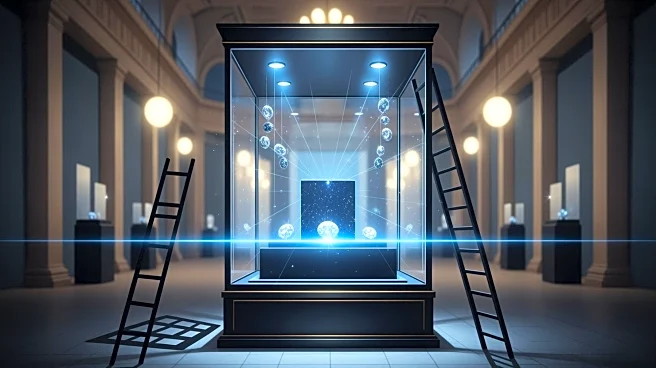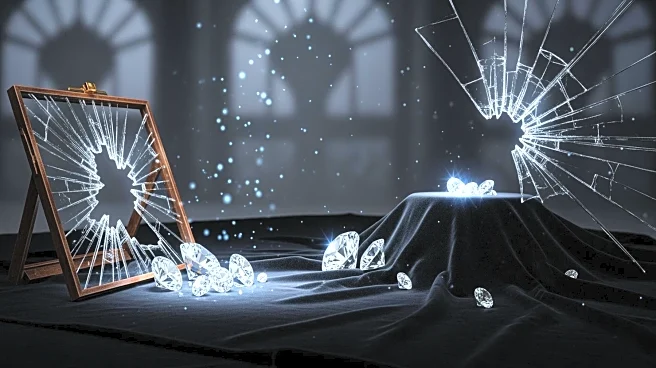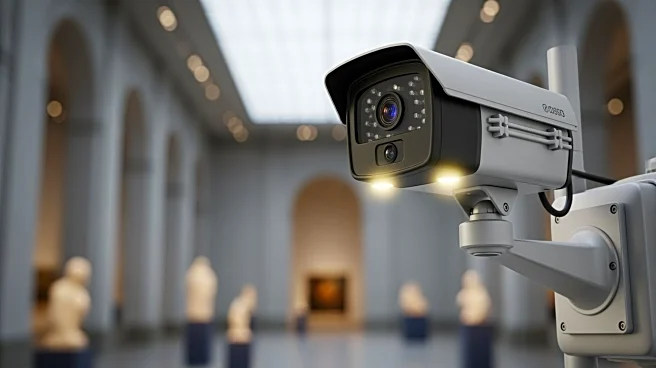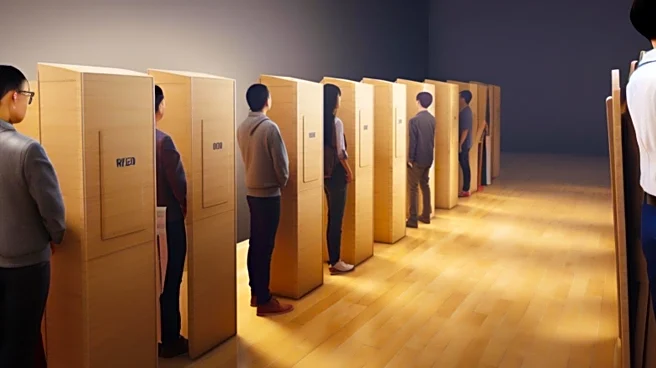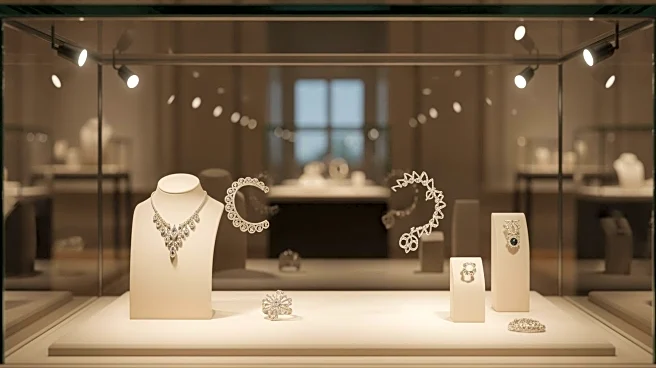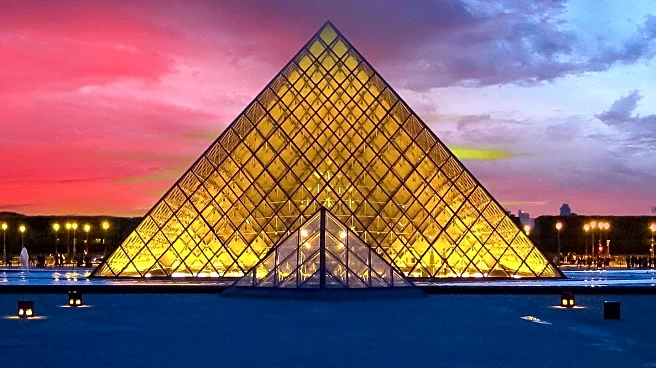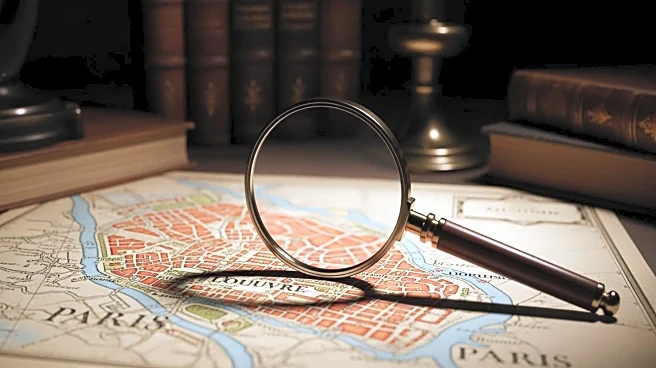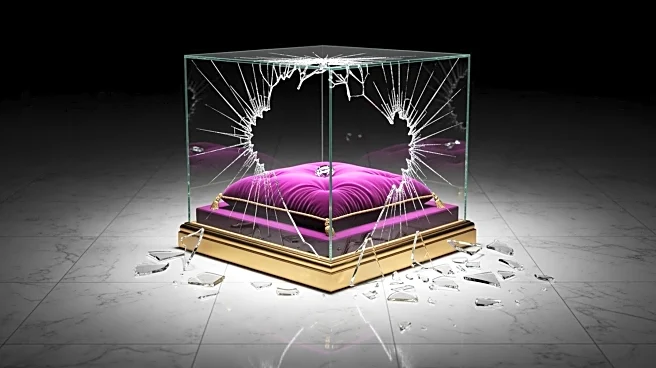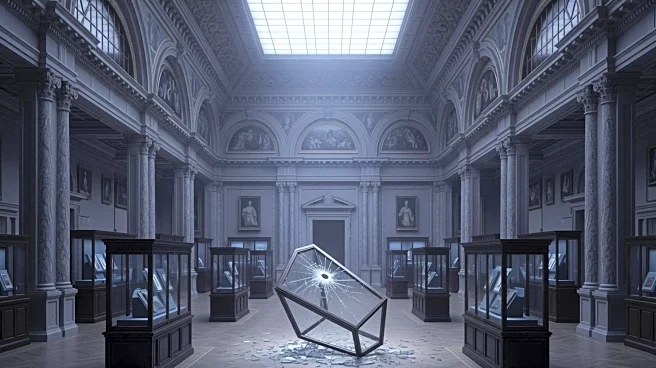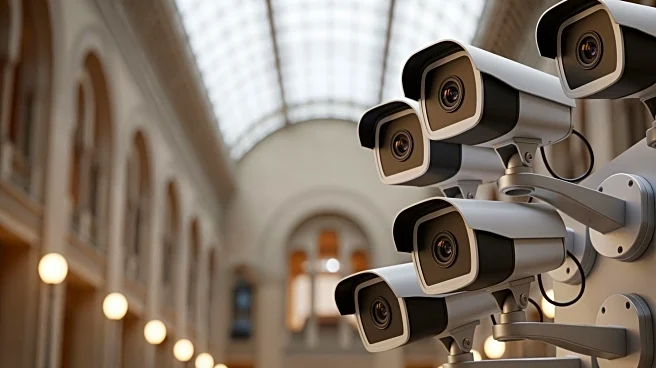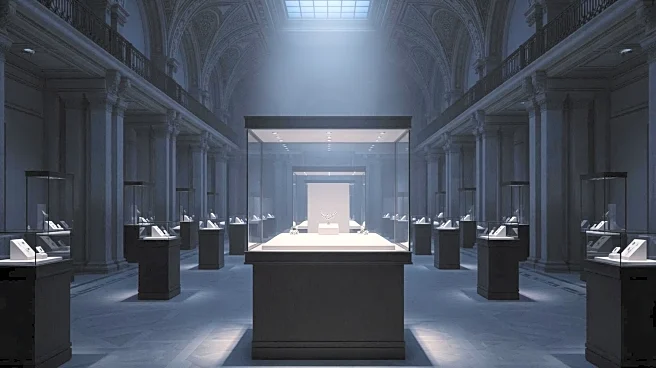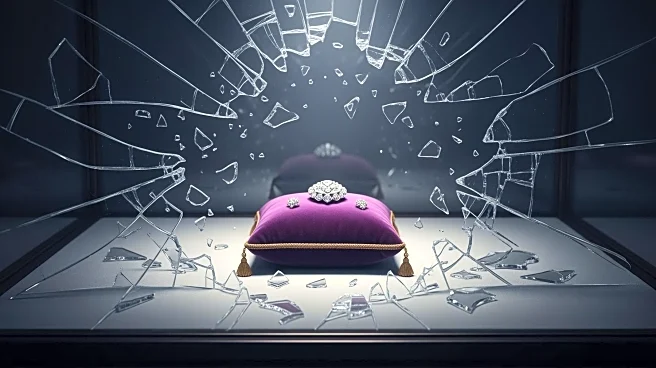What's Happening?
A daring heist took place at the Louvre Museum in Paris, where thieves managed to steal precious jewelry in under ten minutes. The robbers used a truck-mounted ladder to access a second-floor window, bypassing security measures to execute the theft. Catherine
Porter, a New York Times international correspondent, detailed the sequence of events leading to the successful robbery. The incident has raised concerns about the security protocols at one of the world's most famous museums, known for housing invaluable art and historical artifacts.
Why It's Important?
The theft at the Louvre Museum highlights significant vulnerabilities in security systems at major cultural institutions. This incident could prompt museums worldwide to reassess their security measures to prevent similar occurrences. The stolen jewels represent not only a financial loss but also a cultural one, as they are part of the heritage preserved by the museum. The event underscores the ongoing challenges faced by institutions in safeguarding valuable items against increasingly sophisticated criminal tactics.
What's Next?
Authorities are expected to launch a thorough investigation to recover the stolen items and apprehend the perpetrators. The Louvre Museum may implement enhanced security protocols to prevent future incidents. This could include increased surveillance, more stringent access controls, and collaboration with international law enforcement agencies. The museum's response will be closely watched by other institutions, potentially influencing global security standards in the art and cultural sectors.
Beyond the Headlines
The robbery at the Louvre may spark discussions on the ethical implications of art theft and the black market for stolen cultural artifacts. It raises questions about the responsibility of museums to protect their collections and the role of international cooperation in combating art crime. Long-term, this event could lead to increased funding and research into advanced security technologies tailored for cultural preservation.
